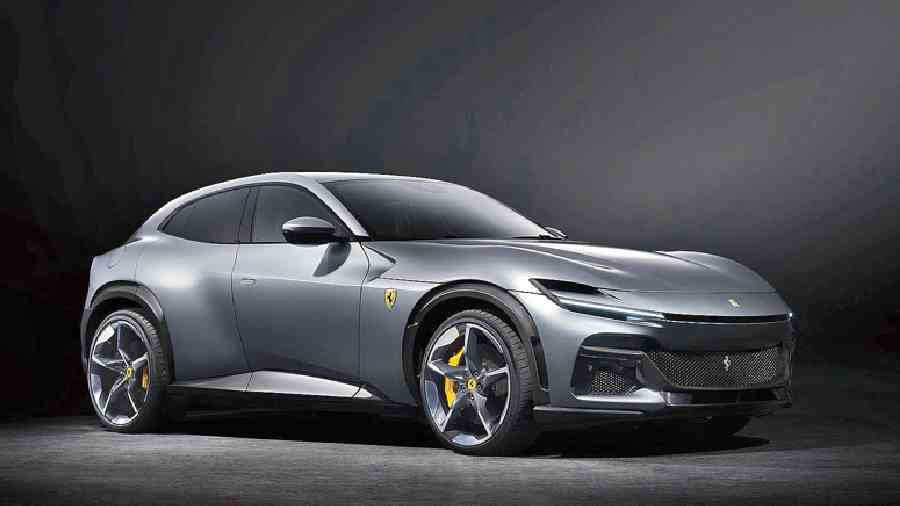Till 2022, the car and bike industry operated in a certain way, a way that carried a significant legacy of the past, of the way things used to be back in the day, so to speak. There were changes, but overall there was a continuum. It is not as if things will happen suddenly in 2023. It cannot in the auto industry with its longish lead times for planning and prototyping and production and so on. So changes are gradual with some early starters and followed by others till one day one realises that things have become very different.
That said, however, 2023 is likely to see some big changes on a number of levels and could eventually prove to be the inflexion point for the auto industry in India. A big change will be in the way emission is measured for hydrocarbon fuel vehicles. From a test environment there will be a shift to real-life situations. That would essentially mean that there will probably be no way to tweak engine performance in a way that it meets the emission norms under test conditions but not in real-life situations. That will take out quite a few cars from the market as upgrading the engines to meet these new norms may not be viable for reasons of technology or the additional cost that would entail. So even before testing happens there would be a certain level of cleansing that would happen.
The second thing, partly hastened by the first, would be in terms of adoption of electric vehicles. The momentum has already built up in pretty much all the higher-priced segments and more vehicles are becoming available in the lower-end ones as well. Once there are enough in the volume segments, we suspect the market will change for ever. With enough EVs on the road many of the questions that were being asked earlier have become redundant today. With more vehicles in the pipeline, it is likely to soon become the norm, at least in urban areas.
The other trend of the predominance of SUVs is likely to continue in both the EV and non-EV spaces. So here is a quick check of what 2023 is likely to bring for the car buyer.
Ferrari Purosangue
The Purosangue has broken the mould, so to speak, for the Italian carmaker for the first time in 75 years. There was much flying about in terms of rumours and eventually it turned out to be the Italian carmaker’s first ever four-door, four-seater vehicle. Unlike 2+2 cars of the past, this one is a proper four-seater and while the manufacturer still calls it a ‘car’, it is for all practical purposes an SUV, another first from the company.
The Purosangue has a mid-front-mounted engine with the gearbox at the rear to create a sporty transaxle layout for a 49:51 weight distribution. Powering it is a naturally-aspirated V12 with 715hp on tap while guaranteeing the most enthralling Ferrari engine soundtrack. Furthermore, it can deliver 80 per cent torque even at low revs for driving pleasure at all times.
Skoda Octavia RS 245
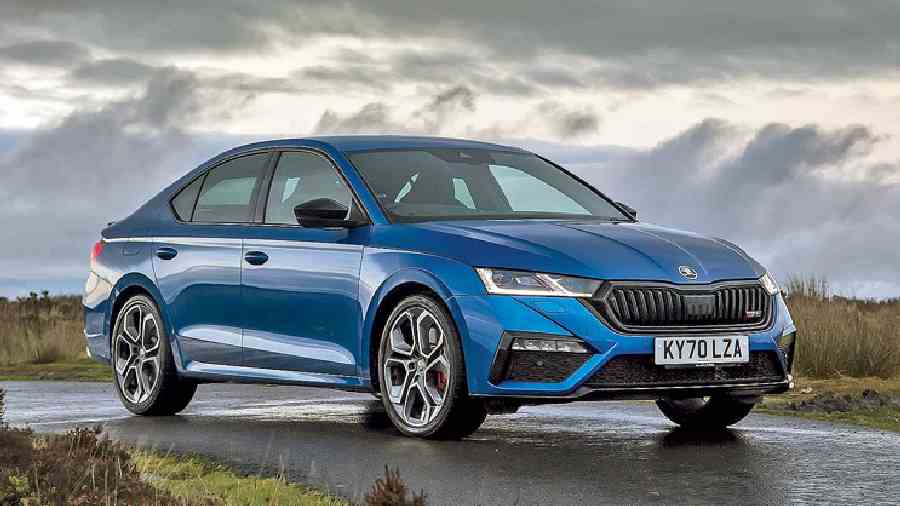
Škoda will roll out the RS 245 version of its Octavia sedan this year after the last batch sold out completely very quickly. This is going to be a front-wheel drive and the bestseller’s fourth generation. The new range-topping Octavia boasts high levels of safety and new assistance systems, more comfort and modern connectivity features. The most likely engine for the RS 245 will be the 2.0 TSI petrol, which has an output of 180kW (245ps) but this is likely to be a front-wheel drive vehicle. With a drag coefficient (cd) from 0.25, the Octavia RS is extremely aerodynamic, which results in lower CO2 emissions and fuel consumption.
Mahindra Xuv400
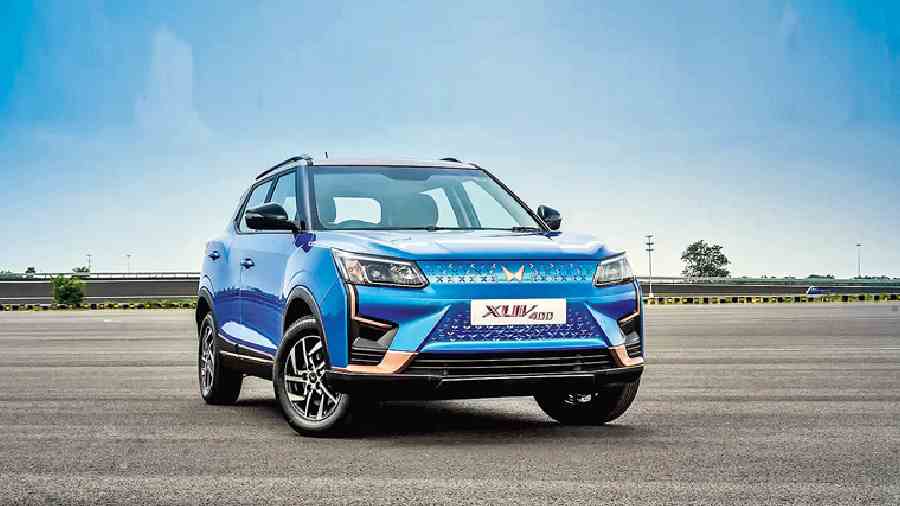
This clearly takes off from the XUV300 platform and quite a few features have been retained in the interior and the exterior, although it now has the electric vehicle-style closed off front end. The concept also has copper-coloured accents and the power is rated at 150hp and torque is 310Nm. That’s plenty and will take the XUV400 to 150kmph. With the weight concentrated near the floor, this should be fun to chuck around.
BMW M2
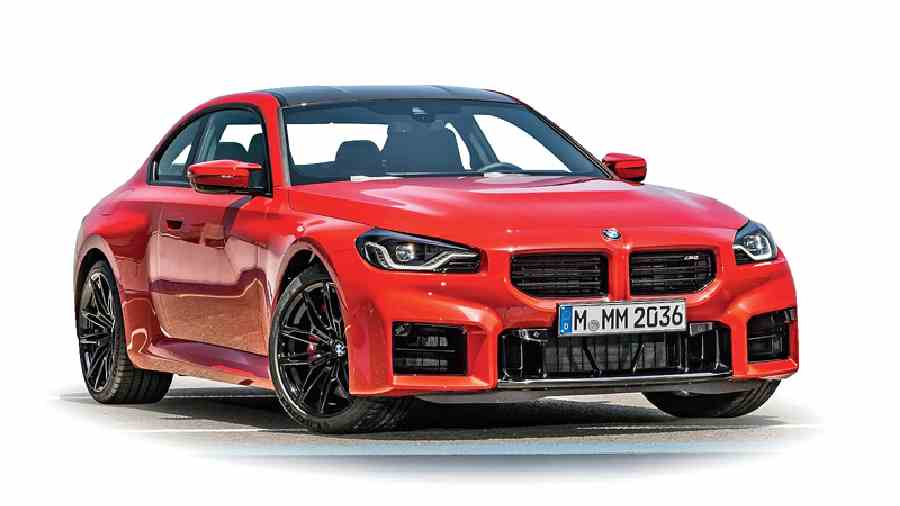
If ever there was a wolf in wolf’s clothing this is it. Expected to be making its way to India this year, it will be powered by a six-cylinder inline engine mated to a eight-speed M Steptronic transmission with Drivelogic or a six-speed manual gearbox. And that frameless kidney grille looks seriously mean.
Lamborghini Aventador Successor

The Italian supercar maker ended the Aventador’s run after 11 years, in keeping with what it usually does. And the anticipation is high for its successor that is supposed to break cover around April this year. It will probably be available for bookings then. The profile as seen in spy pictures is typically Lamborghini but further details are awaited. Expect a plug-in hybrid powertrain as it is becoming almost impossible to meet emission norms otherwise and 700hp-plus — at least.
Honda N7X

While every carmaker has been pushing out SUVs into the Indian market that are getting lapped up as fast as the companies can make them, Honda has been losing out on this craze for lack of a suitable product in this segment. After a couple of flip-flops, it now appears that it finally has something to roll out to take on the five- and seven-seater midsize market in the form of the N7X concept that it showed first in 2021 and it is expected to roll out in India in the second quarter. With the platform being the same as the City, we are expecting the same 1.5-litre petrol as well as the eHEV powertrains.
Mercedes-Benz GLC
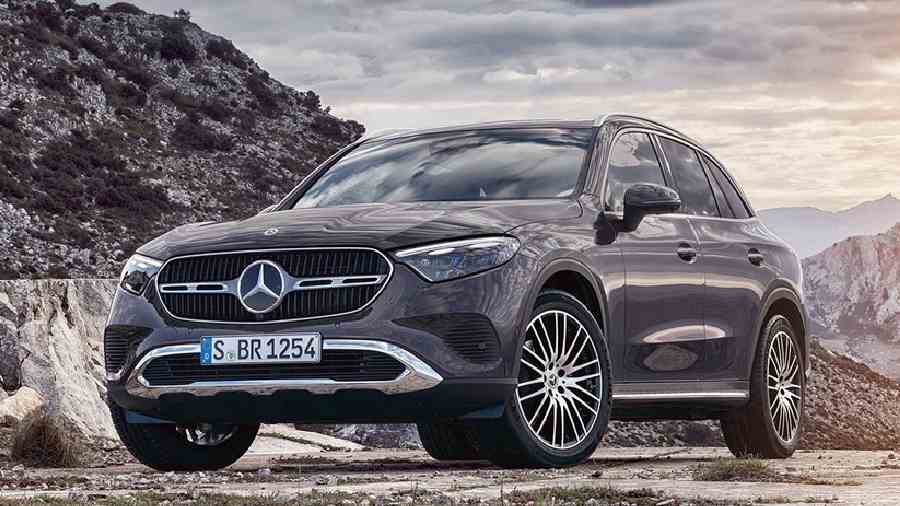
The new Mercedes-Benz GLC is even more dynamic, powerful and sustainable. It is available only as a hybrid: either as a plug-in hybrid or as a mild hybrid with 48-volt technology and an integrated starter-generator. The plug-in hybrids offer a range of more than 100km (WLTP). The new GLC is on the way to climate-neutral mobility, which is the goal of “Ambition 2039”. The technical highlights of the GLC also include special equipment such as DIGITAL LIGHT, rear-axle steering and new assistance systems. All new GLCs will be hybrids and will possibly come to India with 2-litre petrol and diesel engines paired with a 48V electrical system.
BMW X1
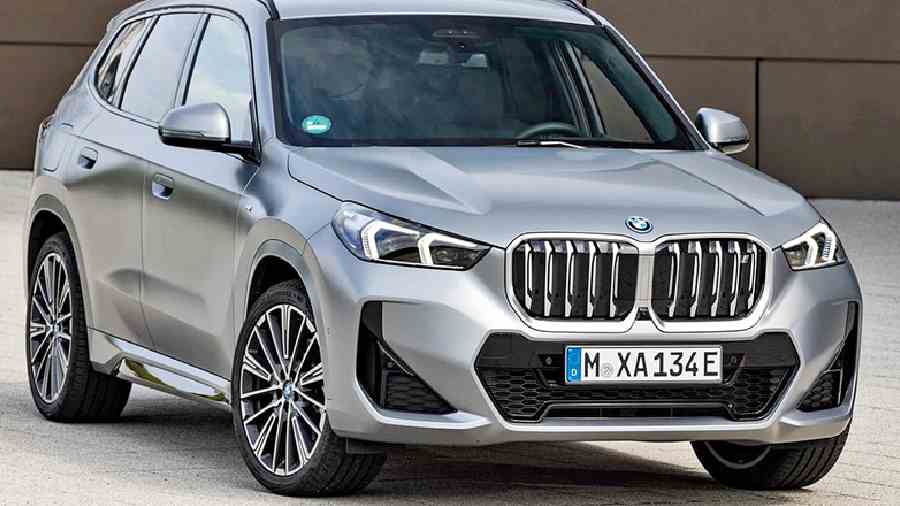
The BMW X1, the smallest of the make’s SUVs/crossovers, is in for a model change this year. Now the design is bolder and more spacious inside and more feature rich. Naturally, it will have all the goodies that are needed to match up to its rivals. There is a pure electric version of this, but whether that will be sold in India is a question that we will have to wait to be answered. Otherwise there are standard petrol and diesel versions.
Citroen C3 7-seater

Right now, there aren’t too many seven-seater models around the volume end of the market and Citroen is rumoured to be looking to bring in a candidate in this space this year. Currently this is the zone of vehicles like the Renault Triber and the Maruti Suzuki Ertiga but not too many others. The C3 is a competent vehicle and a version with a longer wheelbase and an extra row of seats at a good price point should make sense, at least on paper.
Force Gurkha 7-seater

The seven-seater bug has bitten most SUV makers with buyers looking to travel with family or in bigger groups. So, now Force Motors is also jumping onto the bandwagon with a variant of the Gurkha on a longer wheelbase. To be fair, it does a fair number of the longer versions of its vehicles that are quite popular. It should have the same 2.6-litre diesel in the five-door version making the same 90hp and 250Nm and mated to a five-speed manual transmission. This is turning out to be quite a popular market segment.
EV deals :
Tata Altroz and Tata Punch EVs

Tata Motors has been pushing hard on the EV front and has been gradually electrifying most of its models. The Altroz hatchback and the Punch crossover are the next two in line if the market is to be believed. That would follow the Tigor and the Tiago, which now get the latest Ziptronic system and are pretty good runners. It would be interesting to see how Tata manages the pricing of these two since they are near the mass market, which typically tends to be price sensitive.
Hyundai Ioniq 5
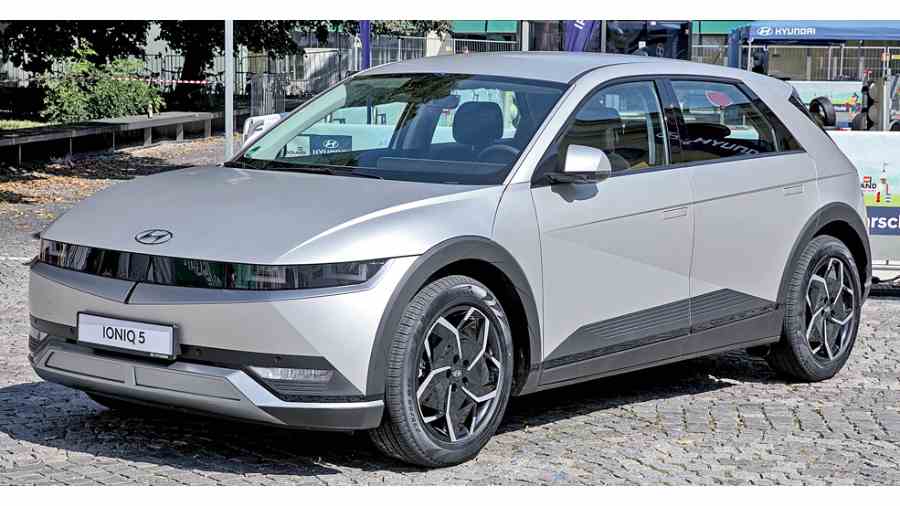
Now this one is pricey with the tag expected to be around Rs 50 lakh, but it has a lot on offer for the money. This is the first vehicle by Hyundai based on its Electric Global Modular Platform (E-GMP). Power output is rated at 217ps and torque at 350Nm from a permanent magnet motor and a battery of 72.6kWh giving it a range of over 600km under test conditions. That is plenty and it can effectively be an intercity vehicle for all practical purposes. But it won’t be cheap.
